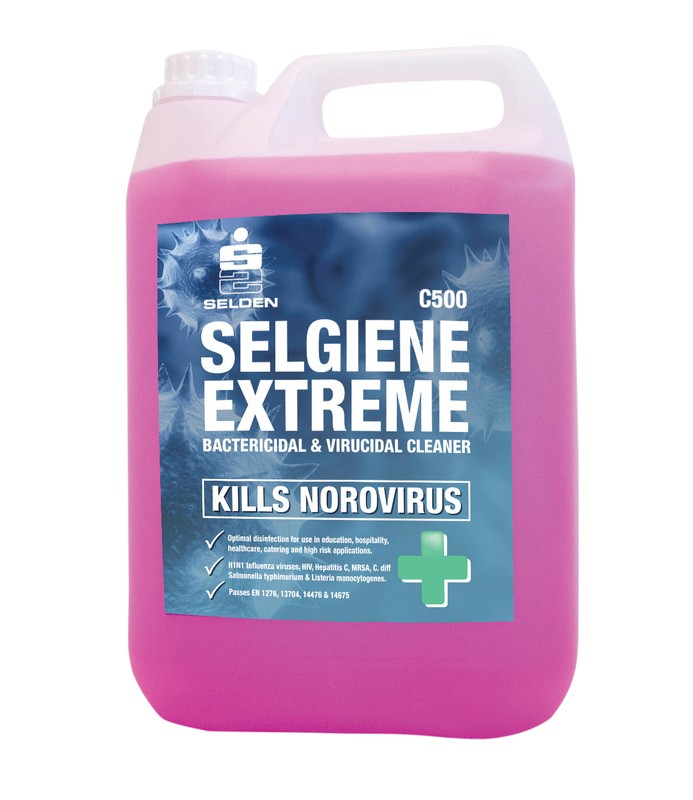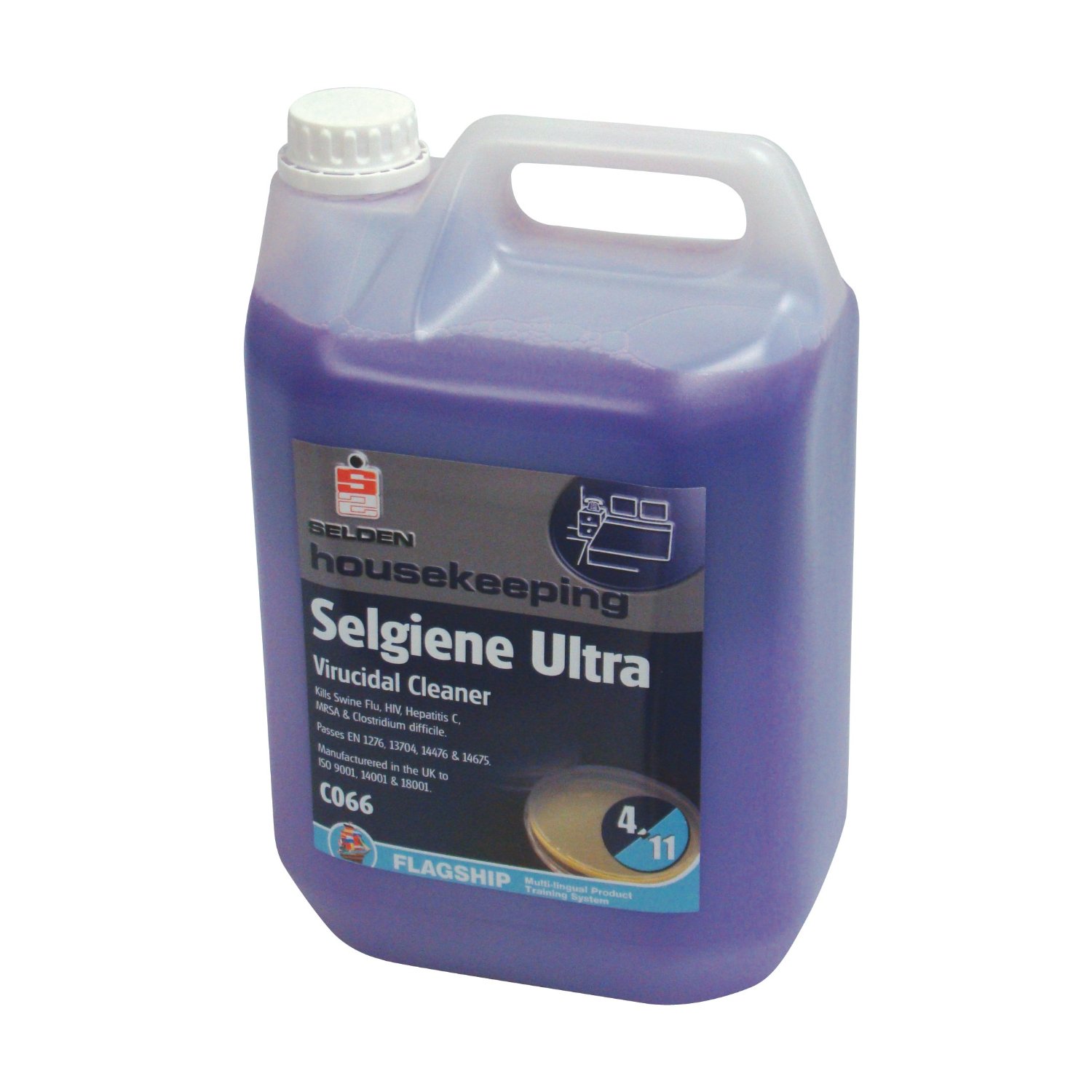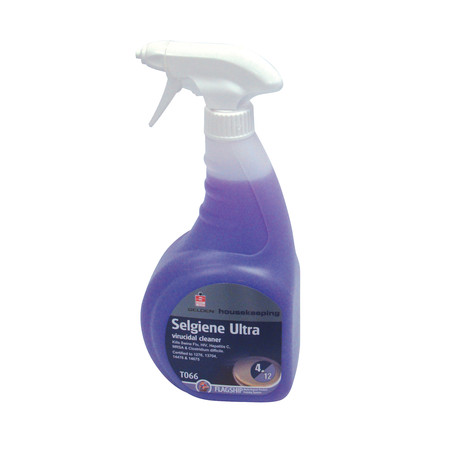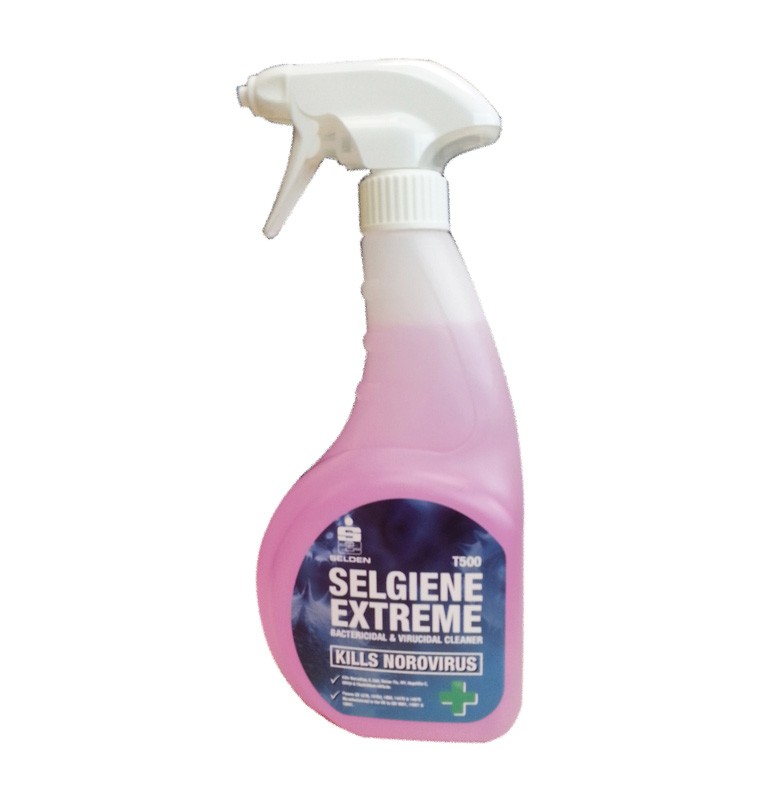...
Our customer service manager celebrates her big 30 this week and we did not want it to go unnoticed despite lockdown!!
Lydia baked her a towering 3 tier chocolate orange cake washed down with a little bucks fizz, perfect!


...
Our customer service manager celebrates her big 30 this week and we did not want it to go unnoticed despite lockdown!!
Lydia baked her a towering 3 tier chocolate orange cake washed down with a little bucks fizz, perfect!


There was no way we could select a single member of our team for Employee of the Month in March as we are so proud of how everyone has adapted to new working environments, practices and challenges presented by COVID-19.
So we decided to make everyone a winner.. Here are some snapshots of our ‘stay at home’ workers and our ‘cannot stay at home workers'.
Thank you to a very special team indeed!

... Congratulations to the winner of our Google Review Hamper Competition who won a Betty's Easter Hamper.. Many Thanks for the review.


Coronavirus Policy
Andway Healthcare are committed to protecting our staff, clients and community and are working closely with all
parties to minimise infection risks to provide help and advice on suitable products and practices.
At the time of writing, we have no concerns about an outbreak occurring at our offices, and we have had no confirmed
or suspected cases amongst any of our team. However, it is important that we are fully prepared in case the situation
in the UK worsens. As well as reinforcing good hygiene practices throughout the company, we have taken the
following measures: -
We are working with our team to ensure business continuity should anyone need to self-isolate or becomes
unwell.
Telephone, email order and advice services will remain open as usual throughout any isolation period.
We have asked all our field-based staff to immediately report any flu-like symptoms, and where appropriate
we will send them home.
There will be no business-related travel to hot-spot areas, and any staff returning from holidays will be
assessed before returning to work.
We are actively working with any suppliers based in hot-spot areas to ensure continuity of supply, which has so far
proved effective. We are also assured by the authorities that there is no health risk from imported goods originating in
hot spot areas due to the nature of transmission of the virus.
Andway Hygiene Policy
As an organisation we are committed to doing our utmost to help prevent the risk of infection and to reduce the spread
of infection as much as we can. We are following and will continue to follow the WHO and PHE guidelines.
Andway staff hand sanitiser use: Andway Delivery Drivers, Service Engineers and Sales Representatives are
now provided with hand sanitiser for use between each client contact.
We strongly advise our external based teams minimise contact with residents and your staff. We
recommend you allocate a single member of staff to accept and sign for the deliveries to minimise risks.
Drop-off delivery only option: if you would prefer your goods to be left outside your premises to further
reduce the risk of infection please advise us at point of order.
Sales visit option: please advise if you would prefer to meet virtually using Microsoft teams, skype or zoom.
Case notification
We undertake to advise you if any members of the Andway Team have encountered or have the virus or are selfisolating.
In return we ask you notify us immediately if you have any confirmed or reported cases of COVID-19 in your care home
or organisation.
Courier update
We are working closely with our couriers and other transport companies and will advise accordingly should they make
any procedural changes.
Thank You,
The Andway Healthcare Team
... is Lydia McEwen.
For a record breaking third time Lydia wins February employee of the month. Many of the votes cast picked out her long working hours covering while Grace was on honeymoon training new teammate Victoria. All the while in good spirits and looking after the needs of our clients.
Lydia is choosing a well deserved day off for her prize...

Coronavirus Help & Advice
Recommended Products
| T500 - Selgiene Extreme 5Ltr |  |
| C066 - Selgiene Ultra Virucidal Cleaner 5Ltr |  |
| T066 - Slgiene Ultra Virucidal Cleaner 750ml |  |
| T500 - Selgiene Extreme Highcare Cleaner 750ml |  |
| ULTRAAX - UltraAX Virucidal & Bactericidal Disinfectant |  |
www.nutritionandhygeneweek.co.uk
Nutrition and Hydration Week
10 key characteristics of good care are:
Age Concern (2006) reported a lack of appropriate food and absence of support with eating and drinking as one of the most frequently raised issues by older people’s relatives following a hospital admission.
Nutrition Tips:
Using the above techniques can improve nutritional intake whilst ensuring the appropriate nutrition. Further advice and guidelines are available at www.thenacc.co.uk and www.bda.uk.com
NHS Nutrition and Hydration guide:
https://www.england.nhs.uk/wp-content/uploads/2015/10/nut-hyd-guid.pdf
Hydration
Water is essential to health but is often overlooked. This can result in vulnerable individuals missing out on the support they need to help maintain a healthy level of hydration. The medical evidence for good hydration shows that it can assist in preventing or treating ailments such as:
• Pressure ulcers
• Constipation
• Urinary infections and incontinence
• Kidney stones
• Heart disease
• Low blood pressure
• Diabetes (management of)
• Cognitive impairment
• Dizziness and confusion leading to falls
• Poor oral health
• Skin conditions
In many care homes, older residents are often affected by dehydration. As a result, some residents are put at risk of falls, urinary tract infections (UTIs), acute kidney injury (AKI) and sepsis. UTI is a common cause for emergency hospital admission.
Hydration and Dementia
Colour contrast is vital in dementia care settings, where cognitive and perception problems can lead to falls and increased anxiety.
A wide range of drinking aids are available - https://andwayhealthcare.com/ColouredTableware
March Is DVT Awareness Month!
March is Deep Vein Thrombosis awareness month - a public health awareness initiative which aims to raise awareness of the condition and it’s related complications. It’s aimed at raising awareness for both healthcare professionals and the general public.
What is Deep Vein Thrombosis
DVT is a blood clot which occurs in a deep vein. Deep veins are veins which are large and surrounded by muscle in a limb. These are most common in the leg and can result in pain and discoloration, among other symptoms.
According to Independent Living, DVT affects approximately one in every 1000 people. The risk is especially important to be aware of for care professionals as the risk of developing DVT increases with age. Additional risk factors, such as blood vessel damage and staying still for long periods also affect care home residents.
Sometimes it is hard to tell if a resident may have DVT, because it can develop with very few noticeable symptoms.
However, things to look out for include:
Pain, swelling or tenderness in one of the legs, often in or around the calf muscle (see the NHS’s example of DVT)
Feeling a heavy ache in the affected area
Skin that is warm to the touch in the affected area
Red skin
Increased pain when you raising the foot towards the knee
Shortness of breath or chest pain can mean the thrombosis (clot) may have developed in the lungs which is a pulmonary embolism.
Did you know?
74% of care home residents have little or no awareness of DVT
DVT risk can increase following a stroke (Pharmacy Times)
Combatting Deep Vein Thrombosis
DVT can be a dangerous condition, though treatments are available. So what can we do to prevent our residents from contracting this?
The following steps can be taken to reduce the risk of developing DVT:
Eating a healthy, balanced diet
Taking regular exercise
regular movement even when chair bound
Studies have suggested that wearing compression stockings can improve blood flow and lower the chances of the development of DVT. Research collated by the Cochrane Library comparing 15 trials found that wearing compression stockings could reduce the risk of DVT by as much as 63%.
Emergency treatment
If a resident with DVT experiences breathlessness and chest pain, seek emergency assistance.
According to the NHS, a pulmonary embolism can be life threatening and requires urgent treatment.
For more information on DVT, take a look at the NHS’ and NICE resources:
https://www.nhs.uk/conditions/deep-vein-thrombosis-dvt/
NICE risk assessment tool - https://www.nice.org.uk/guidance/ng89/resources/department-of-health-vte-risk-assessment-tool-pdf-4787149213
NICE Recommendations for DVT - https://www.nice.org.uk/guidance/ipg651/chapter/1-Recommendations
Choosing the right pressure care mattress
There is a wide range of terminology used for pressure care mattresses including air/airflow mattress, alternating mattress, redistributing pressure mattress, replacement systems and dynamic mattresses to name but a few.
We take calls every day from clients seeking help and advice on which mattress to choose, which grade (medium, high and very high risk), which will best suit a user. With nearly 20 years of experience in the care home environment we would suggest taking the following into account when selecting the best system.
Skin Assessment
This will be carried out by a healthcare professional such as a nurse, usually following guidelines of risk assessment or scoring such as The Braden Scale which will calculate a level of risk and this will then be matched to the appropriate risk rated mattress system.
Pressure care mattress options: -
Static or Foam mattresses
Made from foam and usually feature a two way stretch, vapour permeable, waterproof cover which helps to reduce the shear and friction forces and help prevent tissue breakdown. The internal air channels help to encourage skin integrity and reduce the build-up of moisture underneath the user.
These mattresses are predominantly used for those who may present with some minimal risks of pressure damage, classified as low or medium risk although high risk versions are available.
Alternating pressure mattresses
Alternating/air Mattress systems offer advanced pressure relief therapy for patients rated high and very high risk. They normally consist of individual alternating air filled cells, usually working in small targeted groups to regularly and automatically alter distribution of pressure in sections, protecting the most vulnerable sections of the body such as the head, heels and sacrum areas and to maximum effect.
There is a choice of analogue or digital pump to activate these systems and controls provide pressure alerts and comfort settings 24/7.
Options can include evacuation kits, static pillows etc
Hybrid mattresses
Combination of air and foam, providing a comfortable foam interface which reduces pressure over vulnerable areas of the body and an alternating surface beneath weight bearing sections of the body. These are used for those rated high or very high risk.
Replacement or Overlay?
Alternating pressure mattresses are supplied as replacement or overlay, both provide the same level of pressure care: a replacement system is just as it sounds a full mattress system, an overlay fits on top of an existing standard mattress. We will of course offer help and advice on which is the best option for your service user.
Service user mobility
Your service user is unique and will have their very own requirements and we encourage you to take the following into account when choosing a mattress:
Bed and bed accessories impact
Comfort
A good night’s sleep is vital for health and wellbeing so testing the mattress for comfort is key as an uncomfortable mattress which interrupts/prevents sleep will severely impact the users health vs pressure care considerations.
Andway offer a comprehensive range of pressure relieving airflow alternating mattresses, suitable for low, medium, high, very high and bariatric users. At the forefront of technology our aim is to provide you with choice and expert advice.
Where ‘risk’ categories are given, these are to the Waterlow scale and are for guidance only and we strongly advise calling our expert mattress team to help in selecting the correct combination of comfort and pressure relief.
Shaun wins it again!
Our warehouse manager Shaun weighed in at number one again this month, commended by his colleagues for going above and beyond both in hours worked, care and attention paid to our clients and ensuring our distribution operations runs ontime.
Well done Shaun and using his winners cash to treat his wife to an extra pressie this Christmas.
